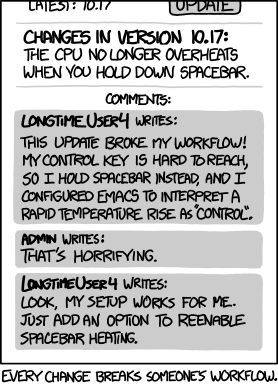If you have a desktop/laptop, you run Linux.
If you have a Mac, you run OSX.
Im not sure where you’re going with this OP, unless you’re looking for purchasing advice. It’s kinda like asking if a car or truck tire is better, with the answer being “well, do you have a car or a truck?”




Well, the next question is “what do you do when you drive?” Cars and trucks have wildly different roles they’re good at.
So basically, what do you want your computer to be good at doing? That dictates your hardware purchase and the OS you will end up using.